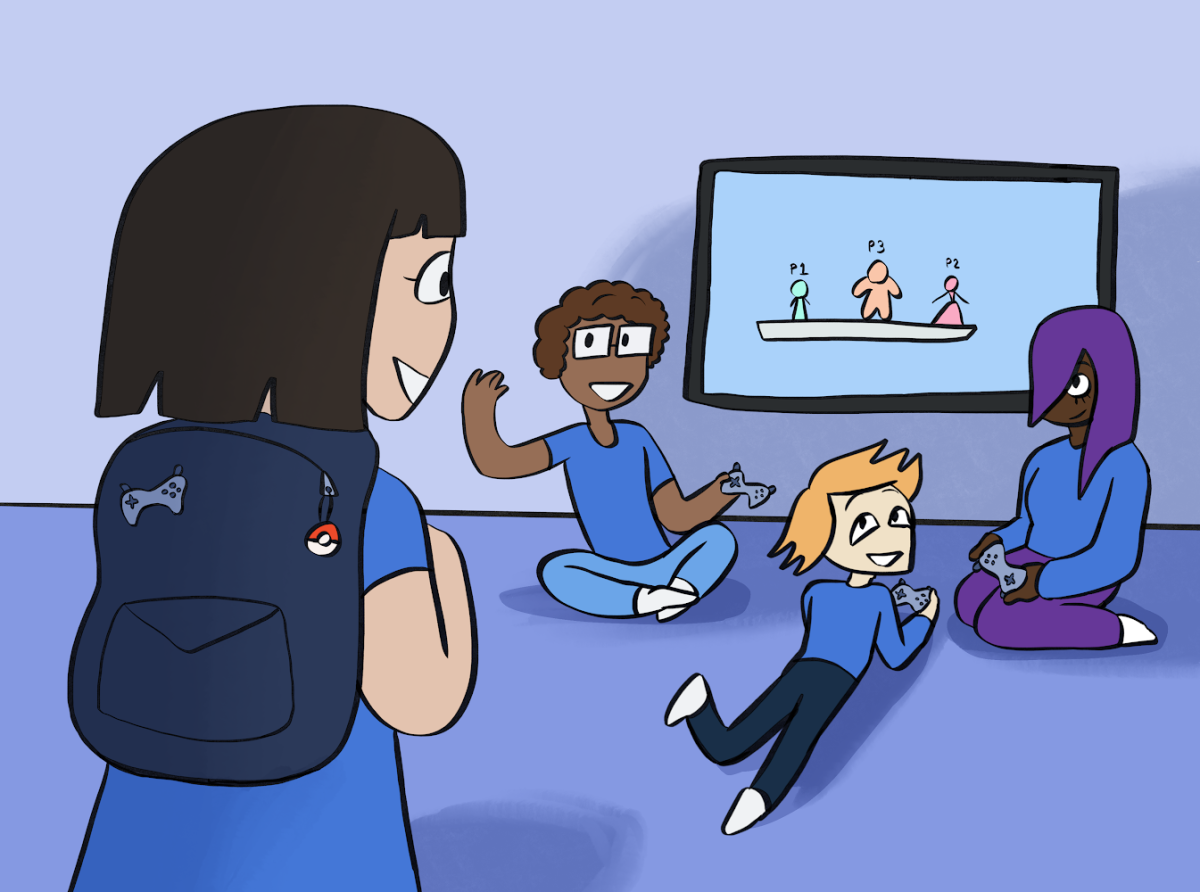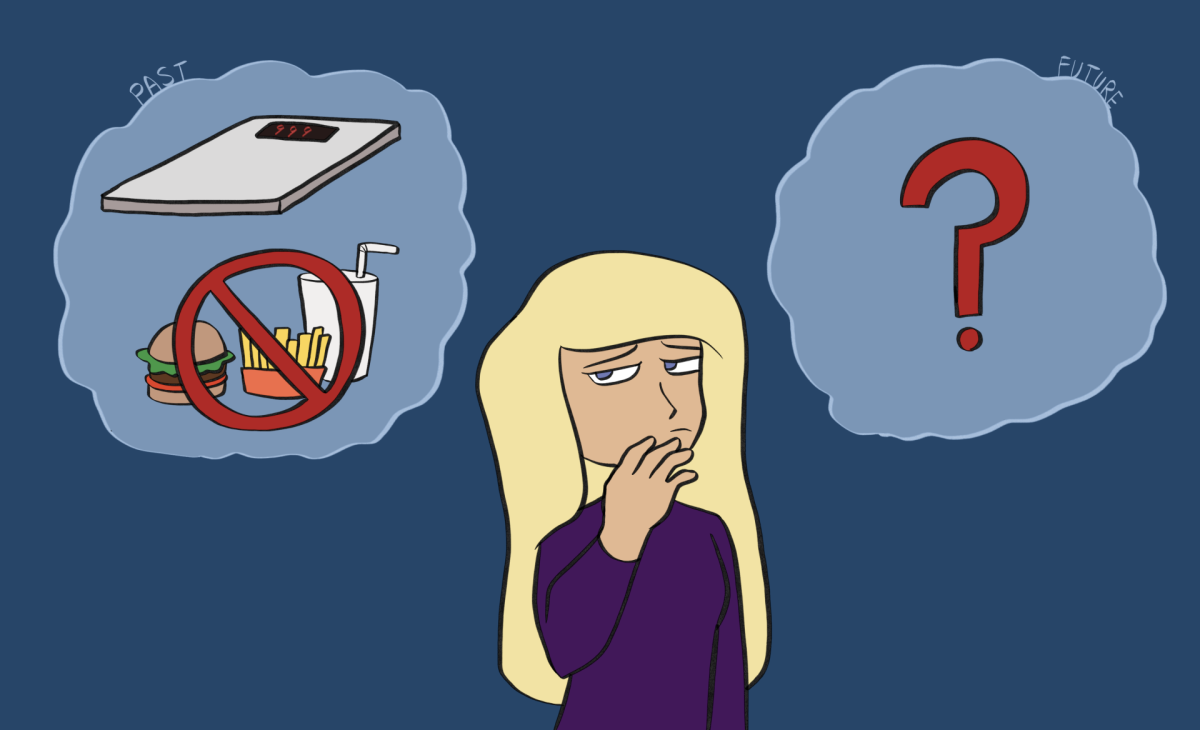Parents have kicked their gay and transgender kids out of their homes due to lack of acceptance, intolerance, bigotry and hate on countless occasions. These kids are then forced to move from place to place; they couch surf, stay with different relatives, and sleep in their cars, on the train or on the streets.
The LGBTQA community is disproportionately represented in the population of homeless youth in the United States. According to the organization American Progress, there is approximately 1.6 to 2.8 million homeless youth currently, and 20 to 40 percent of this population identifies as LGBTQA. That is equivalent to about 320,000 to 400,000 gay and transgender youth facing homelessness every year.
Realistically, these statistics are most likely just a representation of the many more homeless LGBTQA youth that go unreported. These youth move from place to place without a steady place they can call home, and thus go undocumented.
The National Coalition for the Homeless reports that LGBTQA homeless youth are 7.4 times more likely to experience sexual violence than heterosexual homeless youth. LGBTQA homeless youth also commit suicide at much higher rates than heterosexual homeless youth: 62 percent compared to 29 percent.
The United States Interagency Council on Homelessness states that because youth are coming out at earlier ages than in the past, at ages 12-13 rather than 18-20, they are experiencing homelessness at higher rates. If they are unsupported by family members, they are either kicked out or they run away. Unsupported, with nowhere to go, they drop out of school and end up in shelters, foster care or on the streets.
Forced out of their homes due to not being accepted, LGBTQA homeless youth often find it difficult to feel comfortable in homeless shelters and foster care as well. Usually discriminated against because of religious reasons, LGBTQA homeless youth are often turned off from religiously based homeless shelters that have bibles sitting on tables.
An example of one of these religious based organizations is Seattle’s Union Gospel Mission. On their “About Us” page it reads, “Seattle’s Union Gospel Mission provides emergency care and long-term recovery services to hurting and homeless people in the greater Seattle area. We’re dedicated to serving, rescuing and transforming those in greatest need through the grace of Jesus Christ.” So, if you want to have a bed to sleep in, you have to accept Lord Jesus Christ as your savior. In order to stay at the Union Gospel Mission, you have to attend church and become “transformed.” This does not seem to be the most welcoming environment to the homeless LGBTQA youth.
The same goes for the homeless LGBTQ youth of Chicago.
According to the organization Project Fierce Chicago, there are currently 15,000 homeless youth in Chicago, and 3,000 individuals of that population identify as LGBTQ. For these 15,000 youth, there are a total of 119 beds in the city of Chicago in permanent and transitional housing.
Only 119 beds for 15,000 homeless kids in the city.
All of these facts lead to one conclusion: not enough is being done to combat this issue. Not enough people know about this issue. Not enough people care about this issue.
The first step is to become aware. The next step is to become involved.
Visit the following websites to learn more about how to get involved in helping the LGBTQ homeless youth in Chicago.
http://projectfiercechicago.org/
http://www.thenightministry.org/001_programs/040_youth_services/030_youth_housing/







